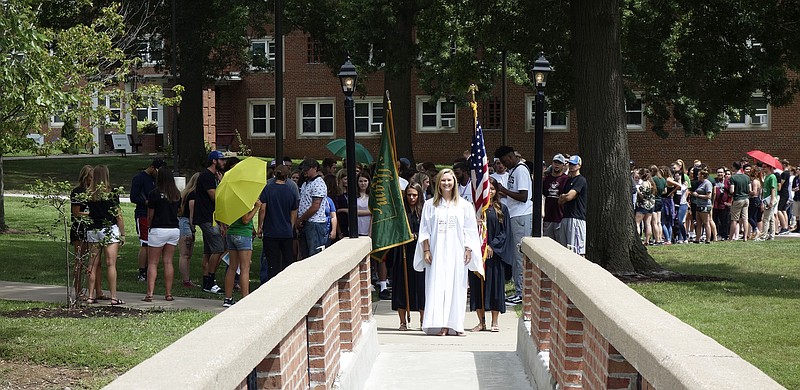For the first time, William Woods University has been ranked among the top 75 regional universities in the Midwest, according to U.S. News and World Report.
A recent release of the publication's annual best colleges rankings for 2017 placed WWU at number 75, an improvement of 16 slots over 2016's 91st ranking.
"We are pleased and honored that a reputable, national source such as U.S. News and World Report has noted the incredible progress we have made as an institution over the past few years, which is reflected in this lofty ranking," University President Dr. Jahnae H. Barnett said. "We remain committed to ensuring that William Woods remains one of the very best places to receive an excellent and affordable education, in a smaller university community known for its wonderful students and outstanding faculty."
U.S. News and World Report cited three areas of improvement over 2016's placement helped power William Woods University's significant one-year ascent in the rankings, including increases in both the expected and actual graduation rate; an increase in the ACT score of incoming students and another increase in the percentage of classes with under 20 students.
Since Barnett's appointment in 1990, enrollment has increased from 750 to more than 2,000 students; the university's endowment has increased by nearly 250 percent, from $5.7-$19.6 million; graduate-level, online and study abroad programs have been added; the university eliminated its long-term debt and has maintained an operating budget in the black for 15 straight years; and infrastructure and capitol improvements on the main campus in Fulton have included the construction of 10 new major buildings.

